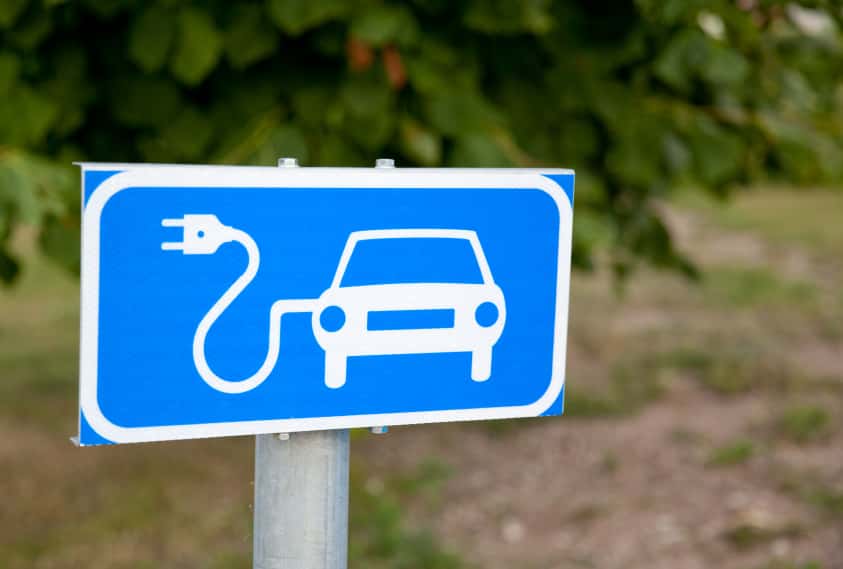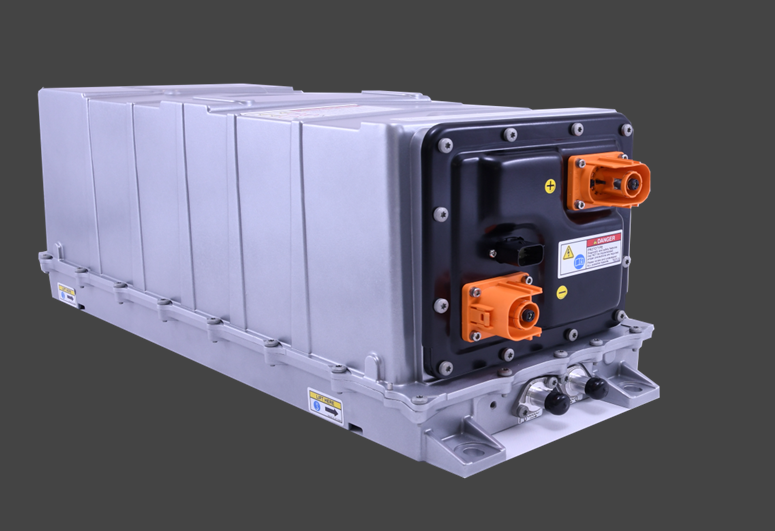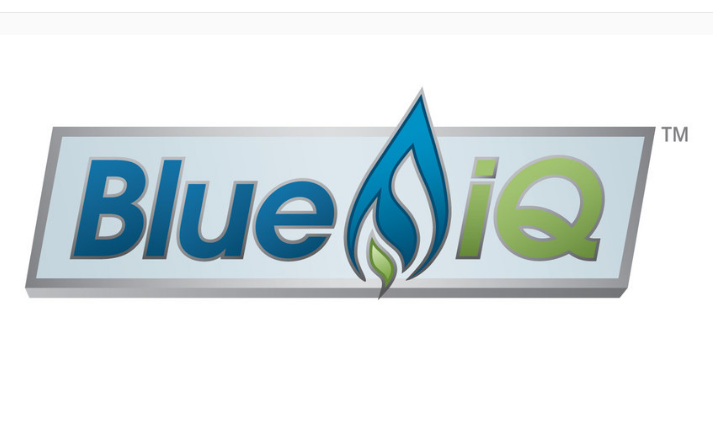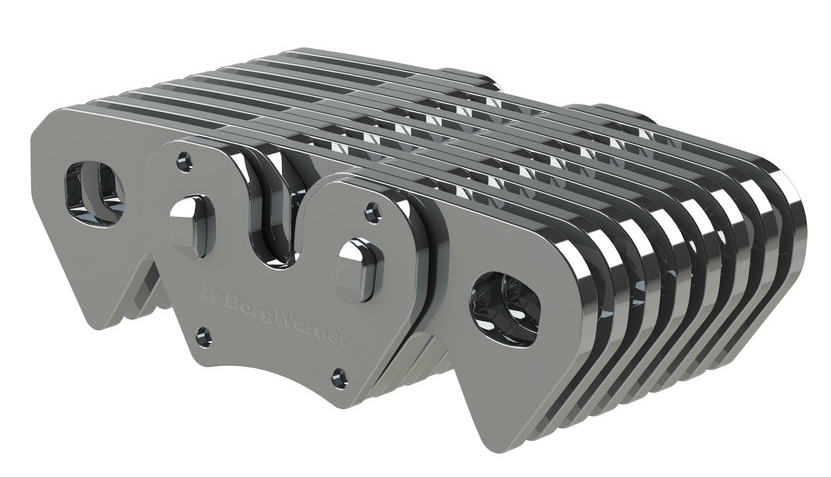SAE International has approved for publishing “SAE TIR J2954 Wireless Power Transfer for Light-Duty Plug-In/Electric Vehicles and Alignment Methodology,” a new industry guideline to establish wireless power transfer (WPT) between infrastructure, vehicle suppliers and OEMs for plug-in electric and electric vehicles (PH/EV).
The document will be available on the SAE website on May 31.
According to SAE, in order to achieve a basis for the start of commercialization for WPT, it is important to define criteria for safety and electromagnetic limits, efficiency and interoperability targets, as well as a test setup for the acceptance of WPT – all of which is addressed in SAE TIR J2954.
“This first in a series of documents will enable consumers to simply park their vehicles into spaces equipped with TIR J2954 equipment and walk away without doing anything to charge their PH/EV,” says Jesse Schneider, chair of SAE Internation’s WPT committee and the fuel cell, EV and standards development manager at BMW North America.
“The frequency band, safety, interoperability, EMC/EMF limits as well as coil definitions from SAE TIR J2954 enable any compatible vehicle to charge wirelessly from its WPT home charger, work or a shopping mall WPT charger, etc., with the same charging ability,” Schneider adds. “All of this makes it possible to seamlessly transfer power over an air gap with high efficiencies. SAE TIR J2954 WPT automates the process for charging and extends the range for the vehicle customer only by parking in the right spot.”
SAE TIR J2954 establishes a common frequency band using 85 kHz (81.39 – 90 kHz) for all light-duty vehicle systems. Future revisions may include even higher power levels:
- 3.7 kW (WPT 1) specified in TIR J2954
- 7.7 kW (WPT 2) specified in TIR J2954
- 11 kW (WPT 3) to be specified in revision of J2954
- 22 kW (WPT 4) to be specified in revision of J2954
TIR J2954 WPT compatible systems are currently undergoing testing with a cross-industry team with the U.S. Department of Energy, Idaho and Argonne National Labs. The test data, first in the bench and later in the vehicle, will be used to finalize the standard by 2018 to support the rollout of this technology.







